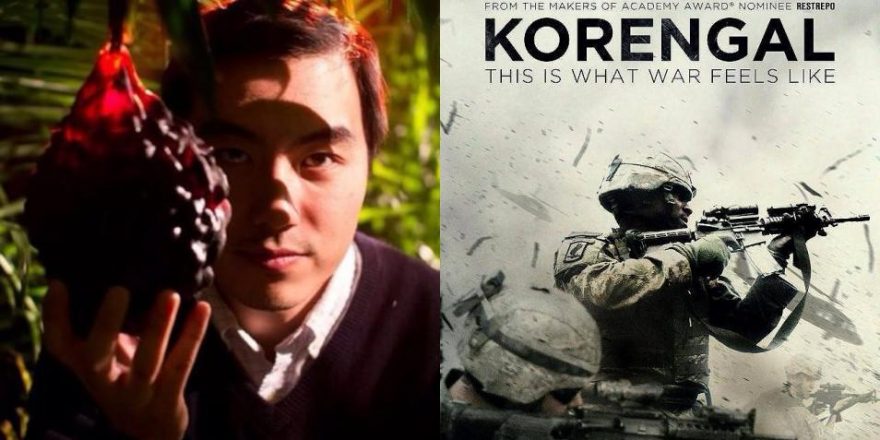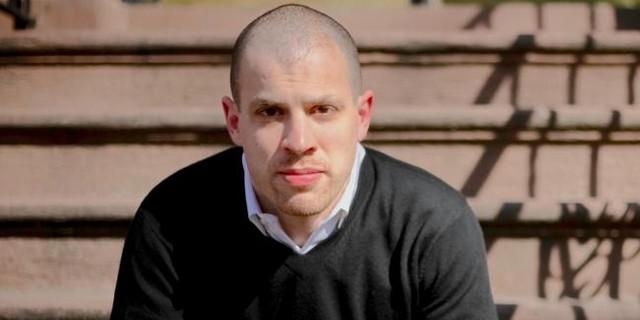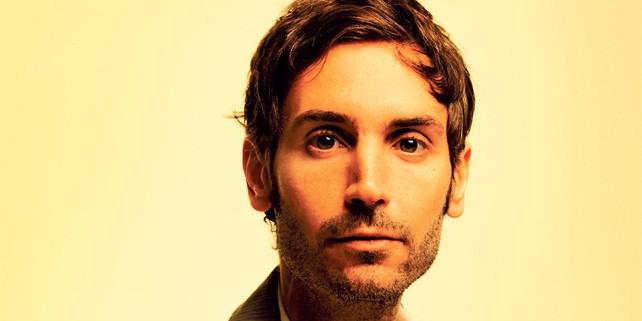A few years ago, I had the opportunity to make a film following the opium trade from seed to drug addict. The film was to begin in Afghanistan and continue to the streets of Vancouver’s notorious Downtown Eastside. I had begun the initial research phase when I received a phone call from my mother. She was desperate. Through her tears, she begged me not to embark on this film. Reports of roadside bombs and civilian casualties were making international headlines. I’d never heard my mother like this before. She was fearful that I wouldn’t make it back alive. Based on that phone call, I immediately turned down the project.
To what lengths will we go to make a film? Would you be willing to put your life on the line? Sebastian Junger and the late Tim Hetherington showed their balls-out gutsiness with their masterpiece, Restrepo. Now Junger has put together a sequel, Korengal. More on that in a bit.
Let’s just say, I’m not Sebastian Junger. Ever seen a photo of him? He is one tough-looking son of a gun. If we were in high school together, I’d be the scrawny nerd playing with GI Joes and Junger would be the sensitive wrestler who probably listens to The Smiths. The most I’ve risked my well-being was to don “peasant” street clothes and film a riot when I was making Up the Yangtze. That was nerve-wracking and also thrilling. My crew and I had to make a run for it, but we weren’t dodging enemy fire or entrenched in life-threatening situations. What would have been the consequences if I had been caught? Or if my Chinese crew were detained? Naiveté may work in some situations but I doubt it’d get you very far in the midst of war.
At the International Documentary Festival in Amsterdam a couple years ago, I met an Afghani filmmaker who had just returned from filming in Afghanistan, where he witnessed his fixer getting shot and killed. He himself narrowly escaped a kidnapping. His advice to me was to take a survival course. You never know when the shit may hit the fan. (Incidentally, I’m writing this while on a countryside bus in China heading to a small northern town near Xi’An. Usually, Chinese are quite lax on safety but surprisingly, the bus attendant made sure every passenger was wearing their seat belts – a weird precaution in chaotic China.)
As a filmmaker, you always have to be prepared, whether it be for survival or being on the ready to push the “record” button. Chris Hadfield, the Canadian astronaut, says in order to prevent an unfortunate incident, you have to prepare for the situation. He gave the example of reacting to a tire blowout on a highway: you have to consider each potential outcome for that tire blowout (how to handle the vehicle, assess the terrain, and account for the variables) and then you have to practice what you would do in every scenario. This is the mindset of an astronaut and just as easily pertains to the documentary filmmaker. Be ready for anything.
Restrepo was a taut, heart-wrenching war film that like-minded fiction films strive to replicate and often fail.
Junger revisits that familiar terrain with a sequel, Korengal. It’s a moving compendium to its predecessor with the familiar cast of characters. But the film comes across as a collection of outtakes and b-roll footage that didn’t make the Restrepo cut. That doesn’t mean it’s not worthwhile viewing. The film is cohesive and chilling, especially when delving into the psychology of war. I recommend watching the two films back to back. After seeing Restrepo, I had the feeling that I didn’t want to let go quite yet the immersive world that the filmmakers intimately dumped us into. There was an earnestness and honesty in the young boys profiled. Boys becoming men. That transformation is shocking.
Korengal contains a couple scenes that made me question the integrity and morality of some of the characters. One scene has soldiers gleefully shooting their weapons into the unknown enemy from atop their mountaintop outpost. Screaming in joy. Describing the enemy body being hit and exploding into little bits. The joy is awful to watch. It’s a high, on par with doing crack, that’s hard to come down from, one soldier exclaims: There’s nothing like shooting at someone and being shot at. In another scene, a black soldier talks about racism in the troop and the isolation one feels. He goes on to state that he’d still put his life on the line for his fellow comrades. I can understand why these scenes were left on the cutting-room floor. They make us uncomfortable that we will judge the boys negatively. I wonder if the scenes should have remained in Restrepo? We’d see the uglier side of the outcomes of war. And maybe we’d feel less savory about celebrating these valiant boys. As a Canadian, I sometimes balk at exuberant American patriotism. But in times of war, what else can you lean on for sustaining the insurmountable questions revolving around death and killing?
People have asked me if I have any intentions on making sequels to Up the Yangtze or China Heavyweight. Sometimes I say that the desire is there but that the films are what they are: a testament to a certain time and place, a document of a moment in history. To make a second part may only dampen the original concept. For Korengal, take it with a grain of salt. It’s only a movie, right?






